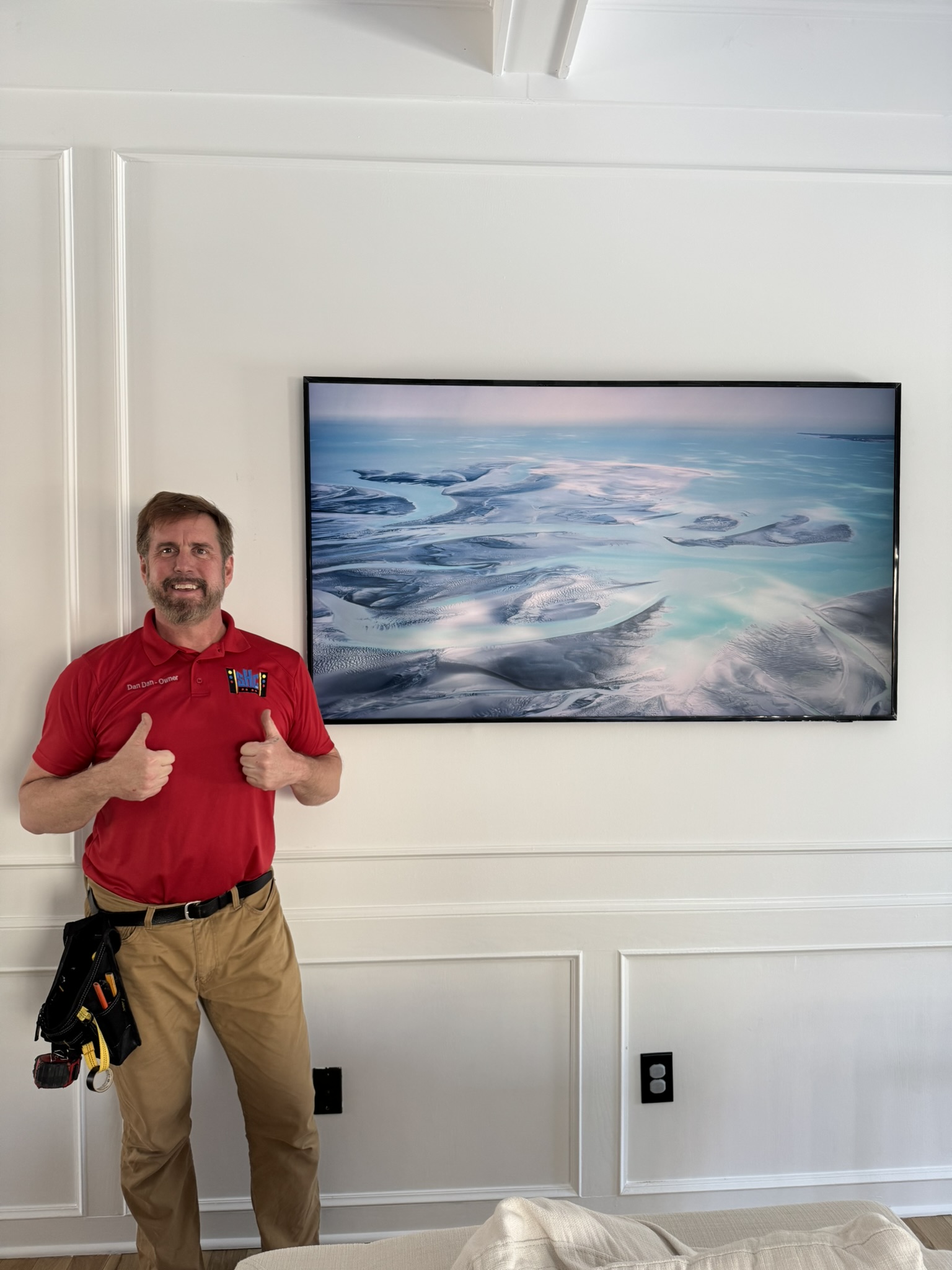
Is 4K Worth It for Your Business Security Cameras?
Ever tried identifying a thief with a blurry video?
Imagine this: It’s 2AM, your store’s alarm goes off, and you check your security footage. You see the figure clearly… well, sort of. The person’s face is a pixelated mess, the license plate is a blur, and now you’re stuck with useless footage. Sound familiar?
This is the exact moment where camera resolution makes or breaks your surveillance system. So, the real question is—should your business go with 1080p cameras, or is it finally time to invest in 4K? Let’s break it down together.
What’s the actual difference between 1080p and 4K?
Resolution breakdown, plain and simple
Here’s what those numbers actually mean:
- 1080p: Full HD with 1920 x 1080 pixels
- 4K: Ultra HD with 3840 x 2160 pixels—basically 4x more detail than 1080p
More pixels = sharper images. That’s especially helpful when zooming in on faces, tattoos, license plates, or even product barcodes.
Why this matters in real life
Let’s say you’ve got a customer complaint about a missing phone on a display shelf. A 4K camera can help you zoom in and literally read the customer’s facial expression as they pocket it. With 1080p? You might just catch a blurry arm movement and hope for the best.
How image clarity affects real-time decisions
You need to see the details that matter
In most business settings, it’s not enough to just “see” something happen—you need to see exactly who did what. Here’s how each resolution handles real-time security situations:
- 4K: Offers incredible clarity, even in wide-angle coverage. Great for large stores, parking lots, or cash-handling zones.
- 1080p: Still decent for entryways and smaller indoor spaces, but not ideal for fine detail or zooming in after the fact.
Real-world example: Retail shrinkage
According to the National Retail Federation’s 2023 report, businesses lost over $112 billion due to theft and fraud. Many of those cases could’ve been solved (or prevented) with high-res security footage.
Yeah, but what about storage space?
Let’s talk data and bandwidth
Here’s where things get a bit nerdy—but stay with me, it’s important:
- 4K cameras: Use about 4-5 times more storage than 1080p.
- Bandwidth needs: 4K eats up more internet speed if you’re using cloud-based systems or remote viewing.
Example:
A 4K camera recording 24/7 could use 150–300 GB per week. Multiply that by 10 cameras? That’s up to 3 TB of storage—every single week.
What can you do about it?
Fortunately, most modern security systems offer H.265 video compression to make footage more manageable without destroying image quality. So if you go 4K, just make sure your system supports it.
Is your budget ready for this upgrade?
What you’ll actually spend
Let’s break it down by cost:
- 4K camera (single): $100–$400+ depending on brand and features
- 1080p camera (single): $40–$150
- Network Video Recorder (NVR) upgrades for 4K: $200–$600+
Factor in cabling, storage, and installation? A full 4K system might run 25–40% more than a 1080p setup.
So is it worth the extra cash?
If you run a high-risk business—like a dispensary, jewelry shop, gas station, or warehouse—then absolutely yes. Catching one theft could pay for the system. If you’re a small café or boutique? 1080p might be totally fine.
Don’t forget compatibility and setup
Your current setup might not cut it
Here’s the thing: you can’t just slap a 4K camera into any old system and expect magic. You’ll need to check if your current infrastructure supports:
- 4K-capable NVRs or DVRs
- HDMI 2.0+ monitors for playback
- Cat6 cabling for reliable data transfer
Pro tip: Mix and match
Some businesses opt for a hybrid system. Use 4K cameras at high-risk zones (registers, entrances), and 1080p for hallways and general areas. This saves bandwidth and money while still boosting your security where it counts.
Which camera works best for your type of business?
No one-size-fits-all answer here
Each business has its own vibe—and its own surveillance needs. Let’s look at a few use cases:
Retail or convenience stores
- Go 4K for POS areas and entrances
- Use 1080p in aisles or backrooms
Warehouses or logistics centers
- 4K is awesome for monitoring large open spaces and inventory handling zones
- Wide-angle 4K cameras cover more ground with less distortion
Restaurants and cafés
- 1080p is usually enough for dining areas and kitchens
- Consider 4K at the cash register or entry/exit points
Offices and co-working spaces
- Go with 1080p unless you’re handling sensitive data or valuables
- 4K might make sense for reception desks or server rooms
Still on the fence? Ask yourself these questions
Here’s a quick checklist to help you decide
- Do you need to identify faces or license plates regularly?
- Are you protecting high-value goods or assets?
- Is your current system compatible with 4K tech?
- Can your network and storage handle larger video files?
- Is there a specific area where footage clarity is critical?
If you answered “yes” to at least 3 of these, 4K is probably worth the investment.
Here’s what it all boils down to
At the end of the day, your security system is only as good as the footage it captures. If you can’t clearly see what happened, when it happened, and who did it—then what’s the point?
Sure, 4K cameras cost more and require a bit more setup, but they can give you the peace of mind that your business is fully covered, down to the last pixel. If you’re running a lower-risk operation or just getting started, 1080p might still do the trick—just know its limits.
Either way, make the decision that gives you confidence when you check those camera feeds—whether it’s during business hours or at 2AM on a Sunday morning.



